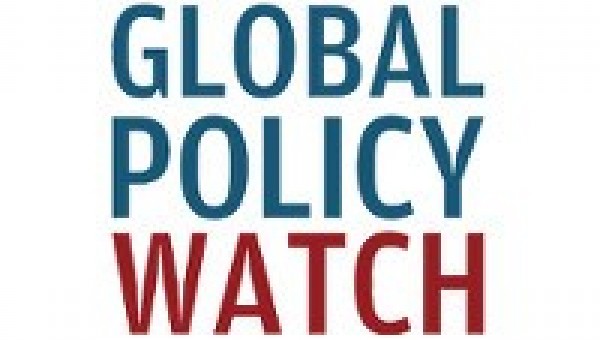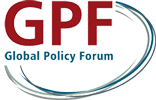News

By Sarah Dayringer
The Inter-agency and Expert Group on Sustainable Development Goal Indicators (IAEG-SDGs) was established by the UN Statistical Commission in 2015 to develop an indicator framework for the monitoring of the goals and targets of the 2030 Agenda for Sustainable Development at the global level, and to support implementation of the Sustainable Development Goals (SDGs).
The 27 Group members met for their 4th meeting in November 2016 to:
- finalise the initial tier system for the SDG global indicators (the tier system indicates how easily the indicators can measure the SDG targets);
- review work plans for the Tier III global indicators (those for which there is no agreed methodology for measurement); and
- discuss options for those indicators that do not have a proposed custodian agency (i.e. UN Women is the custodial agency for measuring indicators for SDG 5 on gender equality and the empowerment of women and girls).
Additionally, they reviewed data flows from national to regional and global levels, and discussed best practices for the delivery of these data in preparation for the 2017 High-Level Political Forum on Sustainable Development (HLPF) national voluntary reviews.
See the IAEG-SDGs presentation of their work plan at http://unstats.un.org/sdgs/files/meetings/iaeg-sdgs-meeting-04/13.%20Work%20Plan%20and%20next%20steps_plenary.pdf.
Civil society representatives present at the meeting — alert to such dangers from the process leading up to the 47th session of the UN Statistical Commission in early 2016 — challenged the IAEG-SDGs to avoid dilution of the global indicators during the refinement process. For example, under target 10.5, to improve the regulation and monitoring of global financial markets, the proposed indicator #10.5.1: “Adoption of global financial transaction tax (Tobin tax)” was changed to “Financial Soundness Indicators”, developed by the IMF. Under target 17.9, to implement effective and targeted capacity-building to support national plans for sustainable development, the proposed measure was to “implement a policy mix” to achieve the goals that includes the elements of reducing inequality; this was omitted to focus only on the dollar value of financial and technical assistance.
See “2030 Agenda and the SDGs: indicator framework, monitoring and reporting” (https://www.globalpolicywatch.org/blog/2016/03/18/2030-agenda-sdgs-indicator/) for a more thorough analysis on the evolution — and in some cases dilution — of the SDG global indicators.
In advance of the 4th meeting, the IAEG-SDGs conducted an open consultation to contribute to refining the indicators. Stakeholders were asked to propose specific language for alternative indicators on a small selection of SDG target indicators. The results of the open consultation, consisting of 200 responses, were compiled and posted on line at http://unstats.un.org/sdgs/iaeg-sdgs/open-consultation-4.
For more on the evolution of the SDG global indicators, read “Refining the Indicators: Opening the process; open for influence?” on the Global Policy Watch website (https://www.globalpolicywatch.org/blog/2016/11/11/refining-the-indicators/).
The IAEG-SDGs aim to submit a report to the UN Statistical Commission before the end of 2016, as a critical input in the 48th session of the UN Statistical Commission in March 2017.
The report from the 48th session will feed into the HLPF in July 2017, which will address the priority theme of “Eradicating poverty and promoting prosperity in a changing world”. The review will focus on seven goals:
Goal 1 on ending poverty;
Goal 2 on food security and sustainable agriculture;
Goal 3 on health and well-being;
Goal 5 on gender equality;
Goal 9 on infrastructure, innovation and industrialisation;
Goal 14 on sustainable use of marine resources; as well as
Goal 17 on means of implementation, which is included at the HLPF each year.
More on the way forward can be found on the IAEG-SDGs webpage (http://unstats.un.org/sdgs/meetings/iaeg-sdgs-meeting-04/).
For more information please contact Sarah Dayringer at sarahdayringer@globalpolicy.org.
